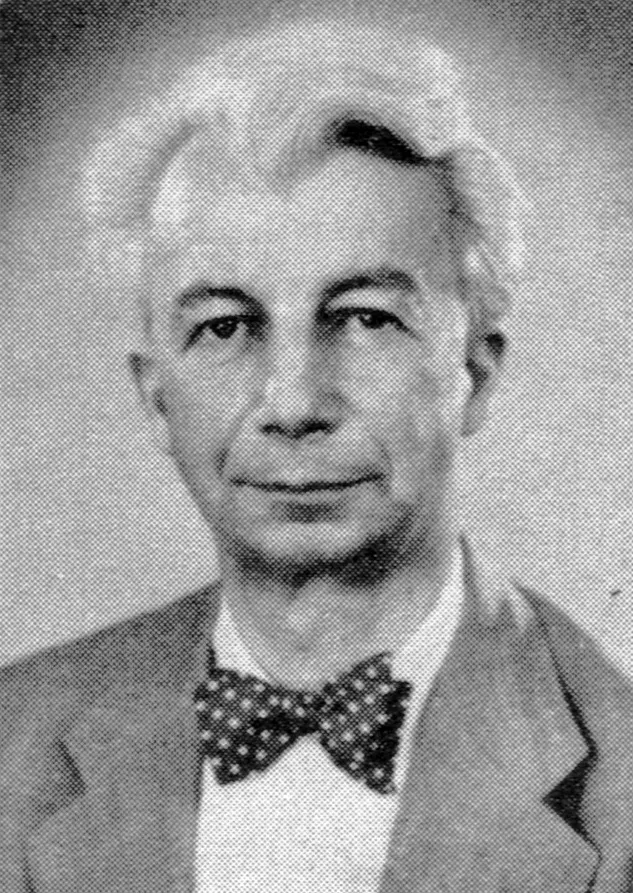Among the young graphic artists of Berlin, who set to work after the war, Hans Adolf Albitz and Ruth Albitz-Geiß can claim special attention. In a short time, at a period when economic conditions were pretty unfavourable, they worked themselves so to the fore that their names came to mean something in Berlin publicity, and in western Germany their posters are known and appreciated, too.


